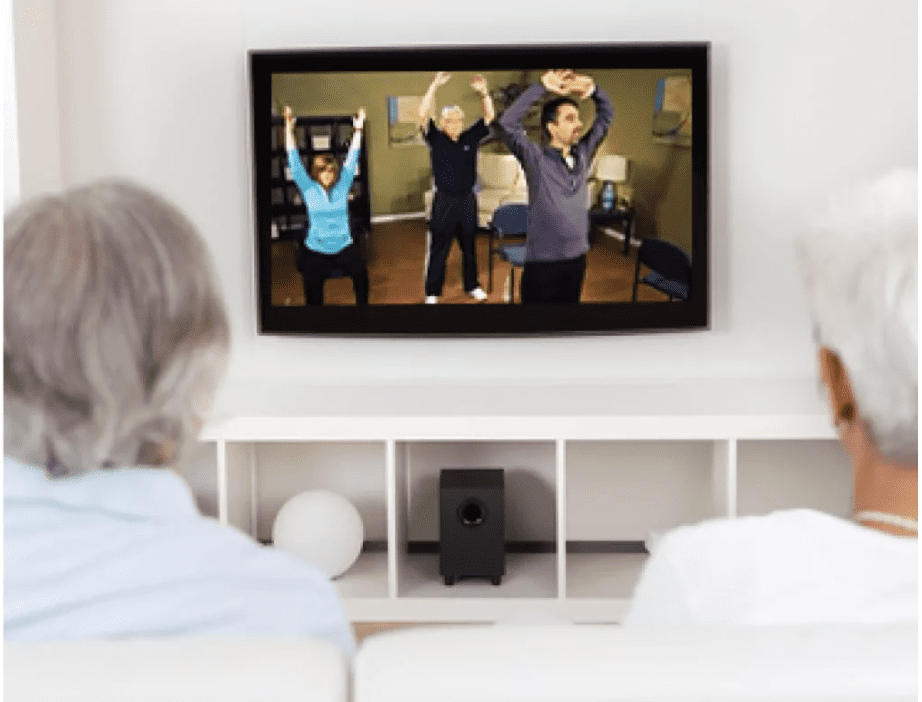These terms seem to be used interchangeably when people talk about health and fitness. Wouldn’t it be helpful if we actually KNEW what each term meant to better understand our own fitness needs and goals? These terms DO have different meanings, but they are also closely related. Let’s have a look at their definitions and explore this further!
Physical Activity – is any movement of the body that involves contraction of your muscles. This includes activities done while working, playing, carrying out household chores, travelling, or engaging in recreational pursuits.
Physical Exercise – is a subcategory of physical activity. Exercise is an activity that requires physical effort. It is planned, structured, repetitive and purposeful. The goal of exercise is to improve or maintain physical fitness and overall health.
Physical Fitness – is a state of health and well-being which has an impact on the body’s ability to perform daily tasks/activities, occupations or sports. Physical fitness is generally achieved through proper nutrition, moderate to vigorous exercise, and sufficient rest. The 5 main components of physical fitness are: Cardiorespiratory fitness, muscular strength, endurance, body composition, and flexibility.
Physical Activity is NOT Exercise
Yes, being physically active means you are moving your body, but it does NOT mean you are doing planned, repetitive, structured exercise. And if you’re not exercising, unfortunately your body is not operating at its “peak performance” in terms of physical fitness.
“I’m busy all day doing things around the house. I’m active enough. I don’t need to exercise”.
Is this something you say all the time? You may be physically active, but are you physically fit? Do daily chores leave you feeling tired at the end of the day?
Certainly being active throughout your day is better than being sedentary. Doing tasks such as dusting and vacuuming, and walking up/down the stairs in your home as you tidy up keeps you moving. Grocery shopping involves walking, as well as loading, unloading and putting away your purchases. Outdoor maintenance chores such as grass cutting, gardening, and snow removal can even be physically strenuous at times, but it’s not exercise. These are all examples of physical activity. Activities that are more sedentary in nature include reading, watching TV, using the computer or iPad, sewing, or doing a puzzle.
Exercise Improves Physical Fitness & Activities Become Easier! As we age our muscle mass tends to decrease, and as a result we can lose strength and endurance. Some tasks that were “a piece of cake” years ago may become more laborious to the point where, for some, daily physical activity “seems” like an exercise session and fatigue sets in. Our goal is to make sure that doesn’t happen! How do we do that? With physical exercise!
Exercise is a more targeted, structured form of physical activity. When you exercise, you are doing a specific set of movements to enhance your physical performance in the areas of strength, endurance, cardio, balance and flexibility. Regular exercise causes our physical fitness to improve. This is great news! Improved fitness means that daily physical activities become easier to do leaving you with left over energy at the end of your day. Even better news!
What’s the Next Step? Start Exercising! The fantastic thing about our bodies is that our muscles will adapt to the changes we put them through at any age. So, whether you’re already actively exercising, or if you’ve never exercised a day in your life, you can improve! What you do in terms of exercise depends on you and your current fitness level.
Here are a few tips to get you started:
- Make a small change to your current exercise regime or start something completely new. Go for a walk, dust off a DVD and push play, find a video on YouTube, or download these exercises to get started right now.
- Take it slowly, but stay consistent.
- When you feel that your exercises become too easy, make a slight change and keep going! Try increasing your weights or the number of repetitions you do. If you prefer walking, try walking a longer distance for endurance or walk more quickly for a cardio workout. The options are endless!
Let us know how your journey from physical activity to physical fitness is going. Keep us posted about the exercises you enjoy and the progress you’ve made. We would love to hear from you!
About the Author
Anita Salituri is a Registered Occupational Therapist and founder of Attune Aging Strategies and Solutions with her husband, Jim Salituri, Physiotherapist. Anita and Jim are committed to helping seniors of any age exercise safely and effectively so they can age in place and lead an active lifestyle. They also believe that knowledge is power, and as speakers and educators they love to share practical information, tips and strategies about health and fitness, caregiving and aging-in-place.
To learn more about Attune’s Senior Exercise Solutions – click here
Email us anytime at info@attuneaging.com to share a story, ask a question, or to say hello!



